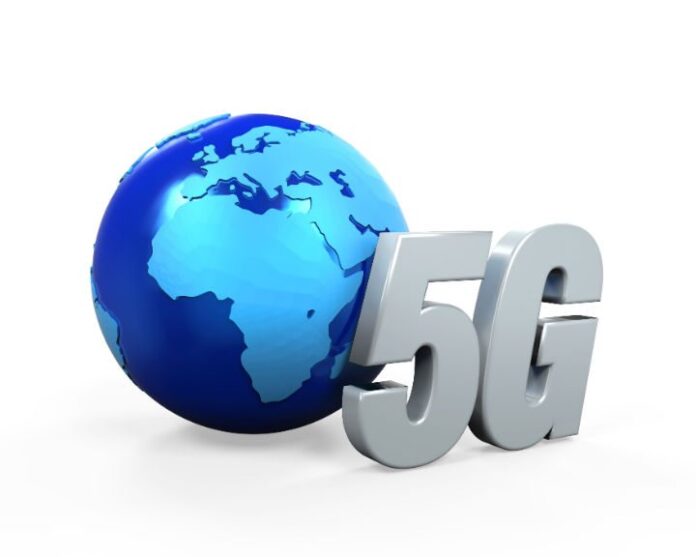LTE-based 4G networks expected to last through 2020, form basis of 5G
LAS VEGAS – The telecom world gathered at this week’s CTIA Super Mobility 2015 event heard plenty about the continued evolution of wireless network technology under the “5G” banner, but those at carriers in charge of network architecture and design are not quite ready to let go of current LTE-based “4G” networks.
During a panel discussion, representatives from three of the nation’s largest mobile operators indicated that while 5G is indeed the future, current 4G networks will continue to play a significant role in network architectures and provide the basis for the jump to 5G.
“We expect LTE to last through 2020,” said Tom Keathley, SVP wireless network architecture and design at AT&T. “It’s a great air interface for 6 GHz and below and will be foundational to 5G.”
Roger Gurani, EVP at Verizon, concurred, noting the carrier has invested a lot in LTE.
“It’s a great technology for the current spectrum we use,” Gurani explained, adding that all of its current LTE plans include thoughts on how those decisions can be used to support the move to 5G.
“We are actively deploying enhancements that are providing service improvements,” Gurani said. “In our way of thinking, we have to make sure our roadmaps connect with our move to 5G.”
Mark McDiramid, VP of radio network engineering and development at T-Mobile US, added that reusing what is already being deployed will also allow mobile operators to simplify their network architectures as much as possible, which should lead to greater efficiency and cost reductions.
“On the core network side a lot of our decisions are to simplify,” McDiramid said. “For instance, reusing policy control functions across all technologies. … Simplicity allows us to move more quickly, accurately and more precisely.”
Gurani noted that like the carrier’s move to LTE, Verizon Wireless may begin pushing 5G deployments before the standards are completely set. Verizon Wireless this week already stated plans to begin trialling 5G technology in 2016, working with a handful of vendor partners on its aggressive program.
“Pick up standards and make them real,” Gurani explained, noting the market might not be able to wait for the standards process as the carrier’s LTE network traffic has doubled every year.
Core tenants to 5G are expected to include more diverse spectrum bands, greater use of small cells and deeper integration of virtualization technology using software-defined networking, network functions virtualization and cloud platforms.
Bored? Why not follow me on Twitter

